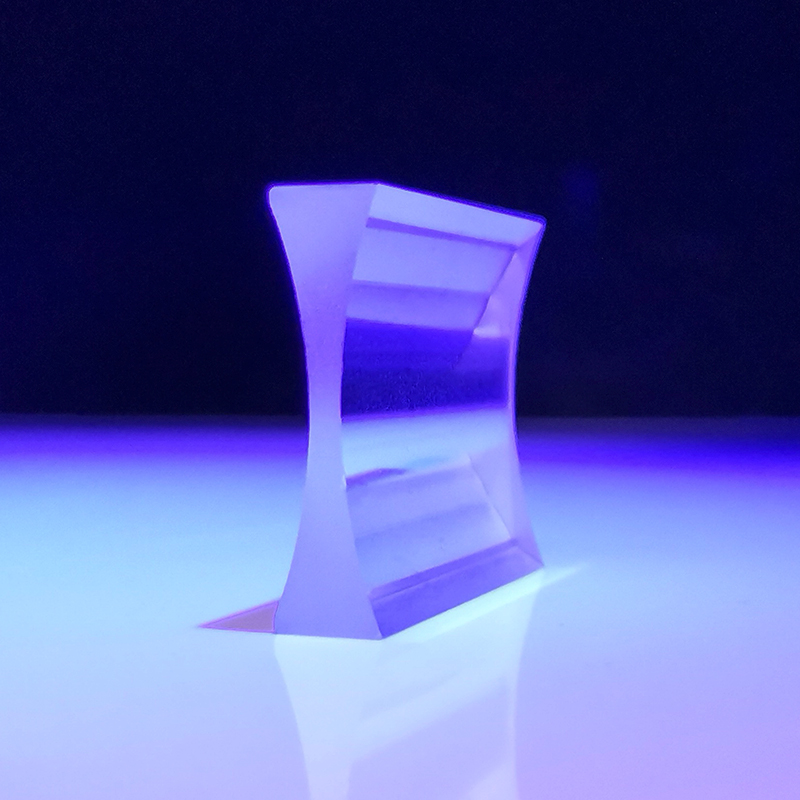Principle of double concave cylindrical lens
A biconcave cylindrical lens is an optical lens with two concave surfaces and a curved shape along one direction. Its primary function is to diverge light along a specific direction, creating a defocusing effect. The unique design of this lens allows it to focus or defocus light perpendicular to the concave surface while having no optical effect in the parallel direction. Therefore, a biconcave cylindrical lens is primarily used to change the shape of the light beam rather than the position of its focal point.
The principle can be understood from the following aspects:
-
Light Propagation Path: When a parallel light beam passes through a biconcave cylindrical lens, the light rays are refracted by the two concave surfaces, causing them to diverge along the concave surface direction. Since the concave surfaces have a negative focal power, the incident light spreads out in this direction. Unlike traditional spherical lenses, a biconcave cylindrical lens only affects light in one direction.
-
Imaging Characteristics: The biconcave cylindrical lens only defocuses light in one direction, giving it unique imaging characteristics. It cannot form a clear focal point but rather creates a stretched virtual image in one direction. This feature makes it suitable for modifying the shape of a light beam, such as converting a circular beam into an elliptical one.
-
Application Scenarios: Biconcave cylindrical lenses are widely used in optical instruments, laser processing, and optical communication systems, especially in scenarios where control over beam divergence or shape in a specific direction is required.
In summary, the design and functionality of a biconcave cylindrical lens are closely related to its directional effect. By altering the propagation path of incident light in a single direction, it provides optical systems with flexible light control capabilities.


